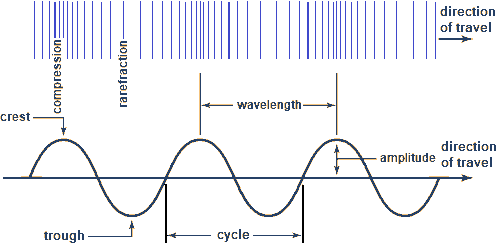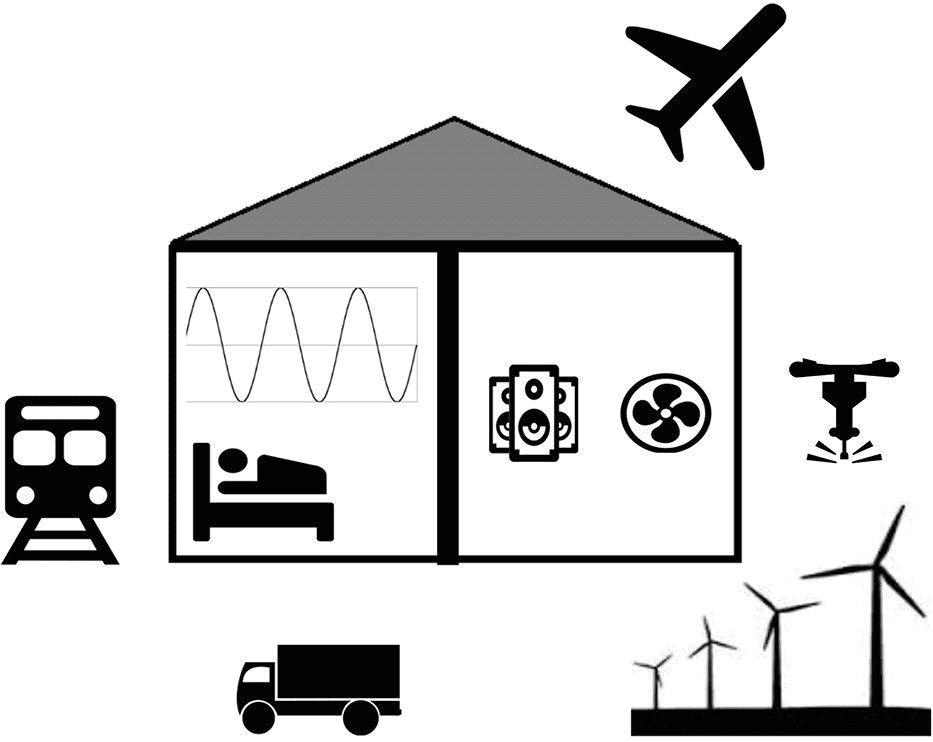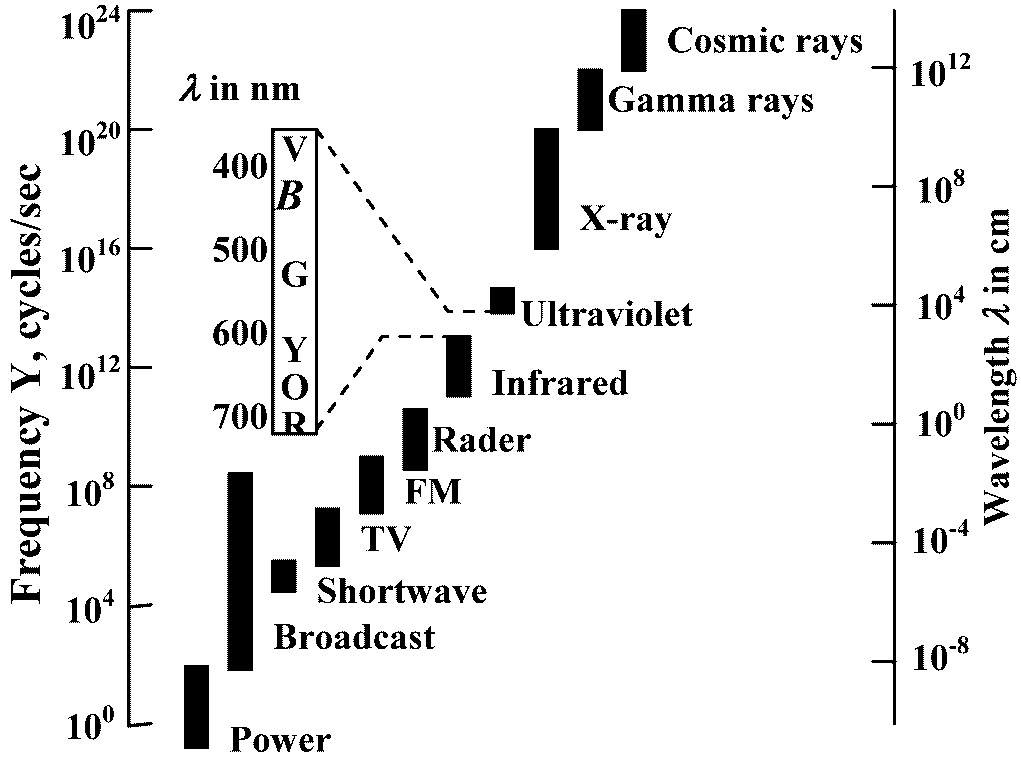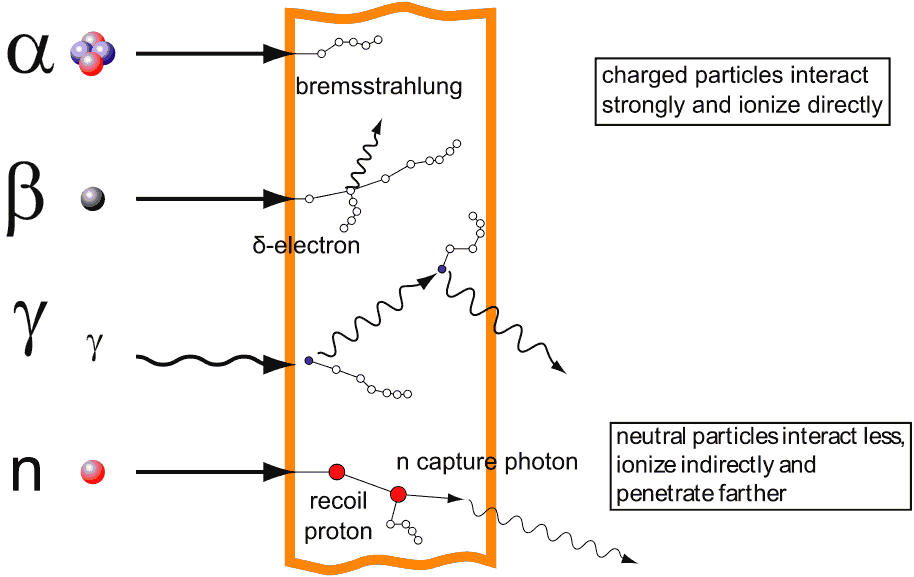(Upload on May 3 2024) [ 日本語 | English ]
Mount Usu / Sarobetsu post-mined peatland
From left: Crater basin in 1986 and 2006. Cottongrass / Daylily
HOME > Lecture catalog / Research summary > Glossary > Electromagnetic spectrum
[electromagnetic spectrum, visible light, ultraviolet, solar radiation]
Application of Electromagneticsused electrical dynamo (or generator) and motor and invented wireless (radio) communicationMorse Samuel FB 1791-1872, USA, artist
1837 wire telegraphy (telegraph) invented the first cold cathode discharge tube and Geissler tube Edison Thomas Alva 1847-1931, USA
1880? filament lamp discovered the principle of rotating magnetic field → applied to produce induction motor (感応電動機) Bell Alexander Graham 1847-1922, USA borne in Scotland1876 telephone (contributed to the education for deaf persons) Siemens, Ernst Werner von 1816-1892 Germany
Electrician and entrepreneur (established the predecessor of Siemens Co.) 1884 developed a compact steam turbine (蒸気タービン) for generator Rateau Auguste 1863-1930, France, technician1898 developed Rateau turbine based on fluid mechanics |
1914- shakedown military-type radio communication network → contributed to the development Deprez Marcel 1843-1918, France, physics (electrical technology)developed long-distance power transport technique Planté, Gaston 1834-1889, Francedeveloped practicable lead battery Gramme ZT 1826-1901, Belgium, electricianinvented DC (direct-current) dynamo → paved the way for practical use Mascart Eleuthére 1837-1908: (electric) generatorPacinotti, Antonio 1842-1912, Italy, physics (professor and senator) invented DC (direct-current) dynamo Baudot JME 1845-1903, France, inventorbaud that is a unit of modulating speed of telegram, originating from his name Gaulard Lucien 1850-1888, Franceelectrical transformer (or voltage inverter), and electricity distribution system Thomson Elihu 1853-1937, Use borne in England, electrician and inventorSteinmetz Charles Proteus 1865-1923, USA borne in Germany, electrician and inventor theory on AC (alternate current) |
|
= sonic wave and acoustic wave = sound or sound wave (physics): vibration that propagates as an acoustic wave, through a transmission medium such as a gas, liquid or solid = sound (physiology): the reception of such waves and their perception by the brain ⇒ noise Wave model of sound (音の波モデル)Longitudinal waves Transverse waves
Transverse waves
sound pressure (音圧) p (hPa), = sound pressure at crest Sound energy density, w (音響エネルギー密度)= sound density= sound energy per unit volume (Pa) w = pv/c
v: particle velocity in the direction of propagation
Frequency (Hz) |
Three elements of sound (音3要素)a) (Tone) pitch (音程)b) Tone (音色)= tone quality, tone timbre, tone colorOvertone, or harmonics (harmonic sound) (倍音) c) Loudness (音量)Sound intensityDef. Sound pressure (音圧) Def. Sound pressure level (SPL, 音圧レベル), Lp (unit: decibel, dB) Lp = 10·log10(p2/p02)
p: effective value of sound pressure (音圧実効値) = 2 × 10-5 Pa (= 20 μPa) Def. G-weighted sound pressure level (特性音圧レベル), LG
defined by ISO 7196 pG: effective value of G-weighted sound pressure [ noise stress ] Noise (騒音)≈ unwanted soundan undesirable component that obscures a wanted signal Environmental noise: an accumulation of noise pollution  Fig. Low-frequency noise is derived from many potential sources, e.g., wind power, in everyday life. |
|
Def. field (場): a physical quantity, represented by a scalar, vector, or tensor, that has a value for each point in space and time |
Def. magnetic field (磁場): a field around a magnet or something magnetic, in which it has a force to attract objects, such as electric charges, electric currents and magnetic materials, to itself Def. electric(al) field (電場): a physical field that surrounds electrically charged particles where positive and negative particles are reacting with each other Def. electromagnetic field (電磁場) = magnetic field + electric field |
|
Coulomb, Charles-Augustin de (1736-1806), French physicist 1785 Law. Coulomb law (inverse-square law of electrostatics) |f| ∝ ke·(|q1||q2|)/r2 ke is a constant, q1 and q2 are the quantities of each charge and the scalar r is the distance between the charges 1813 Eq. Poisson equation (elliptic partial differential equation)Δφ = f, or ∇2φ = f
Δ and ∇2 are Laplace operator In three-dimensional Cartesian coordinates, (∂2/∂x2 + ∂2/∂y2 + ∂2/∂z2)ψ(x, y, z) = f(x, y, z) |
1820 Ørsted, (1777-1851), Denmark: pioneer of electromagnetism
a compass needle was deflected from magnetic north by a nearby electric current Oe, the magnetic field strength unit from his name 1831 Law. Faraday's law of induction1861 Eq. Maxwell's relations (マックスウェル方程式) → wave theory of light |
Circuit (回路), or electric circuit (電気回路)Schematic symbol (回路図記号)→├─ diode─▷◁─ gunn diode →∫─ schottky-barrier diode →│├ variable capacitor diode PIN photo__PN photo__Tunnel___Light-emitting diode_____ diode_____ diode____diode variable____variable__Sillicon condensor__resitor,___controlled (可変抵抗)__rheostat__rectifier  Depletion type
Depletion typeMOS-FET (N channel Ver.) Depletion type MOS-FET (P channel Ver.) Enhancement type MOS-FET (N channel Ver.) Enhancement type MOS-FET (P channel Ver.) Light amplification by stimulated emission of radiation diode |

 Bipolar transistor (NPN) Bipolar transistor (PNP) Uni-junction transistor Insulated gate bipolar transistor Photo transistor Gate turn-off thyristor TRIode AC switch Sillicon symmetrical switch |
 Fig. The electromagnetic energy spectrum Incandescent light (bulb) (白熱球/白熱ランプ) = incandescent lamp, light or light globe an electric light with a filament that is heated until it glows (白熱 incandescence, adj. incandescent 白熱の) X-ray (X線)Röntgen, Wilhelm Conrad (1845-1923, Germany/Netherlands)1895 discovered X-ray |
The entire range of wavelengths of electromagnetic radiation, most of which are not detectable by the human eye except in visible spectrum from ca 400-700 nm. Wavelengths shorter than the visible light contain large quantities of energy being harmful to living materials.
Common name_Range (nm) = Planck–Einstein relation, Planck's energy–frequency relation, Planck relation or Planck equation E = hν = h·c/λ
h: Planck constant Photon flux density, PFD (光量子束密度)Photosynthetic photon flux density, PPFD (光合成有効光量子束密度) |
390 nm - 750 nm (standard human eye), used for photosynthesis Spectrum of visible light  A rainbow, which indicates the spectrum of visible light well, at Kougarok in Seward Peninsula, Alaska, on August 11 2013 (Tsuyuzaki et al. 2018). Illuminance, or lighting intensity (照度), Ev: lux (lx) = wavelength-weighted by the luminosity function to correlate with human brightness perception
Table. Illuminance levels (lux) |
Spectral luminous efficiency curve (比視感度曲線)
Luminous intensity, lv (光度): 1 cd = 1 lm/sr² Luminance or brightness (輝度): nt, 1 nt = 1 cd/m² Photosynthecally active radiation (PAR, 光合成有効放射), W/m2 the spectral range from 400-700 nm that is used by plants in photosynthesis
direct light PAR = 0.43 × direct light (because shorter waves scatter more) Unit interconversionSun and sky, daylight: lx/54 = μmol·s-1m-2 |
[temperature (温度) | experimental protocol (実験プロトコル)]
A type of electromagnetic radiation beyond the wavelength of visible light, ranging from 180 (200) to 330 (380) nm.
UV-A (long wave, black light)over 99% of UV on the earth surface. UV-A enhances the harmful effects of UVB,and is responsible for photosensitivity reactions. Cause of suntan.UV-B (medium wave)1% on the earth surface. UV-B causes sunburn and photochemical damages within cells, including DNA. Cause of sunburn.UV-C (short wave, germicidal)UV-C is filtered out by the ozone layer and does not reach the earth surface. |
 Lecture: Introduction to the Ozone Depletion and the Effects of UV Radiation
Lecture: Introduction to the Ozone Depletion and the Effects of UV Radiation |
Literally-interpretable
UV-absorbing compound concentrationSamplingsample in the field
↓ dig up a whole or aboveground material Leaf sample ExtractionMethod 1Leaf sample (1 cm² or known weight)
↓ add 15-ml methanol (HPLC grade)/HCl/H2O (90:1:1 volume) Extract |
Method 2Leaf sample (known weight) ↓ agitate gently in the dark for 24 hr at 4°C in 1 ml methanolic extract* * 3M HCl/H2O/MeOH = 1:3:16 (vol)
↓ centrifuge at ≈ 8000 g for > 5 min. Supernatant QuantificationAbsorbance is measured by a spectrophotometer. Dilution may be required. Antocyanin compounds
Use the following equation:
Calibration curve is made by Cyanidin 3-glucoside (Cy-3-glc) UV-B absorbing compounds Absorbance measured at 300 nm UV-A absorbing compounds Absorbance measured at 350 nm ♦ Unit (UV-B and UV-B) = A/g (absorbance %/g leaf) |
the scientific discipline of the application of physics to the use of ionizing radiation in therapy and in diagnostic radiology; including, by extension, nuclear medicine applications, ultrasound and magnetic resonance imagingUnitcurie (Ci), on-SI unit of radioactivity (named from Mr. and Mrs. Curie)1910 the quantity or mass of radium emanation in equilibrium with one gram of radium (element) 1975 1 Ci = 3.7 × 1010 Bq = 37 GBq = N (atoms) × λ(s−1),
where λ is the decay constant in s−1 |
Interaction of ionizing radiation with matter
|